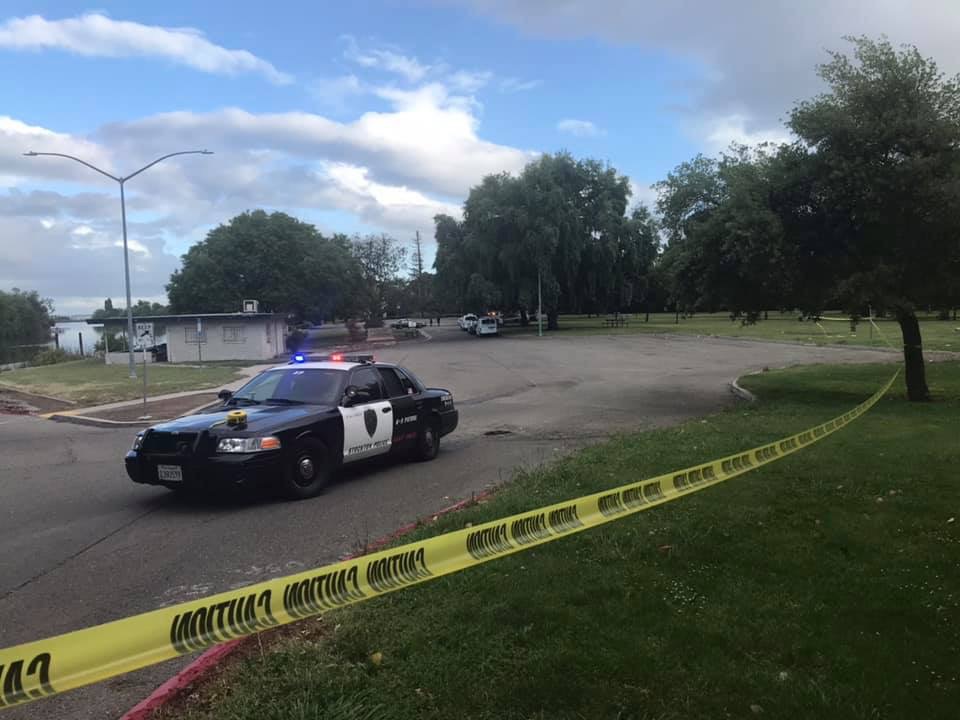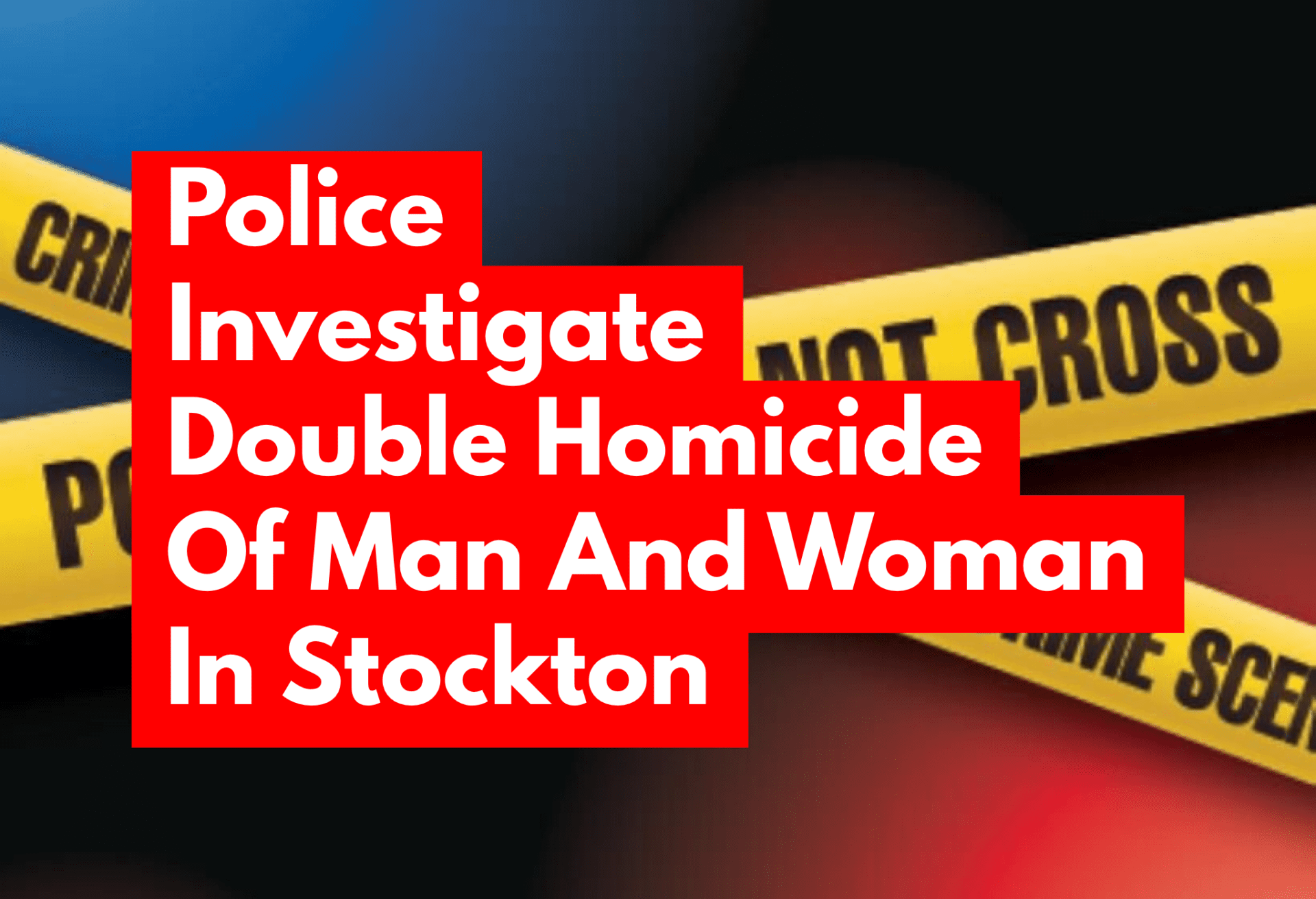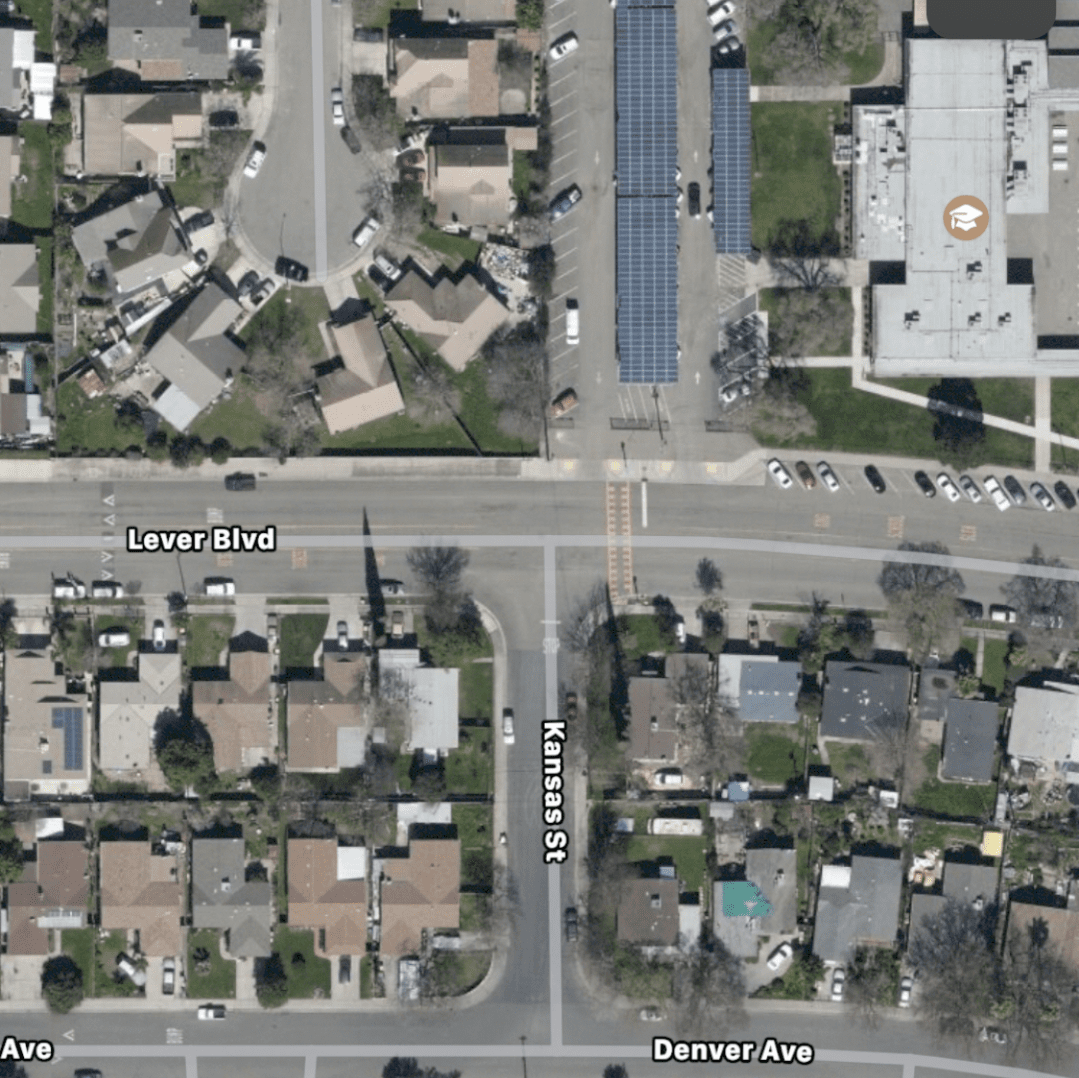Homicide Rate In Stockton CA: Unveiling The Truth Behind The Numbers
Stockton, California, has been under the spotlight for its homicide rate over the years, and it’s time we dive deep into what’s really going on. The city, once known as an agricultural hub and a thriving community, has faced its fair share of challenges when it comes to crime. But is the perception matching the reality? Let’s break it down and get the facts straight.
When you hear “homicide rate,” it’s easy to jump to conclusions, right? But the truth is, understanding crime stats isn’t as black and white as it seems. Stockton CA has seen its ups and downs, but what’s important is how the city is addressing these issues. We’re not just throwing numbers at you; we’re diving into the root causes, the trends, and the efforts being made to make Stockton safer.
So, why should you care about the homicide rate in Stockton CA? Well, if you’re someone who values safety, community, and progress, this is a story worth paying attention to. Whether you’re a resident, a policymaker, or just someone curious about crime trends in America, this article will give you the inside scoop.
Read also:Morning Sun Newspaper Obits Your Daily Dose Of Life Stories
Understanding the Homicide Rate in Stockton CA
Let’s kick things off by defining what we’re talking about here. The term “homicide rate” refers to the number of homicides per 100,000 people in a given area. In Stockton CA, this stat has fluctuated over the years, but it’s important to understand the context behind the numbers. It’s not just about counting deaths; it’s about understanding the social, economic, and environmental factors that contribute to crime.
What Are the Numbers Saying?
In recent years, Stockton CA has seen a noticeable increase in its homicide rate. According to data from the FBI’s Uniform Crime Reporting (UCR) Program, the city’s homicide rate spiked in 2021, reaching a level that alarmed both residents and law enforcement. But here’s the kicker—these numbers don’t tell the whole story. Let’s break it down:
- In 2020, Stockton recorded 86 homicides, which was already a concerning number.
- By 2021, the number jumped to 108 homicides, marking a significant increase.
- While 2022 saw a slight dip, with 92 homicides, the overall trend is still worrying.
These stats are more than just numbers; they represent lives lost and families affected. But what’s driving this increase? Let’s dig deeper.
The Root Causes of Rising Homicide Rates
To truly understand the homicide rate in Stockton CA, we need to look beyond the surface. There are several factors at play, from socioeconomic challenges to systemic issues. Here’s a closer look at what’s contributing to the problem:
Economic Disparities
Poverty is a major driver of crime, and Stockton is no exception. With a significant portion of its population living below the poverty line, the city faces unique challenges. Lack of access to education, employment opportunities, and healthcare can create a breeding ground for violence. It’s not just about money; it’s about hope. When people feel trapped in a cycle of poverty, desperation can lead to dangerous choices.
Gang Activity
Gangs have long been a part of Stockton’s landscape, and their influence on the city’s homicide rate cannot be ignored. Gang-related violence often stems from territorial disputes, drug trafficking, and retaliation. While law enforcement has made efforts to curb gang activity, the problem persists. Breaking the cycle of gang involvement requires more than just arrests; it demands community-based solutions.
Read also:Etowah County Inmates Mugshots The Untold Stories Behind The Faces
Community Efforts to Combat Crime
It’s not all doom and gloom in Stockton CA. The city has been proactive in addressing its crime issues, with several initiatives aimed at reducing the homicide rate. Let’s take a look at some of the efforts being made:
Stockton’s Violence Intervention Program (VIP)
One of the most promising initiatives is the Stockton Violence Intervention Program (VIP). This program focuses on identifying individuals at high risk of becoming victims or perpetrators of violence and offering them support. Through mentorship, job training, and mental health services, VIP aims to steer people away from a life of crime. It’s not a quick fix, but it’s a step in the right direction.
Community Policing
Building trust between law enforcement and the community is crucial in reducing crime. Stockton has embraced community policing, where officers work closely with residents to address their concerns. By fostering open communication and collaboration, the city hopes to create a safer environment for everyone.
Comparing Stockton’s Homicide Rate to Other Cities
When discussing the homicide rate in Stockton CA, it’s important to compare it to other cities across the country. While Stockton’s numbers are concerning, they’re not necessarily an outlier. Cities like Chicago, Detroit, and St. Louis have faced similar challenges, with homicide rates that have fluctuated over the years. What can we learn from these comparisons?
Regional Trends
Crime trends often follow regional patterns, and Stockton is no exception. The Central Valley, where Stockton is located, has seen an uptick in violent crime in recent years. Factors such as migration, economic shifts, and social changes contribute to these trends. Understanding these broader patterns can help cities like Stockton develop more effective strategies to combat crime.
Data and Statistics: Breaking Down the Numbers
Let’s dive into some of the key statistics surrounding the homicide rate in Stockton CA. While numbers can be overwhelming, they provide valuable insights into the state of crime in the city. Here’s a snapshot of the data:
- From 2015 to 2020, Stockton’s homicide rate increased by 40%, outpacing the national average.
- Gun violence accounts for the majority of homicides in Stockton, with firearms being the weapon of choice in over 80% of cases.
- Young men between the ages of 18 and 24 are disproportionately affected by homicide, both as victims and perpetrators.
These stats highlight the need for targeted interventions that address the specific demographics and circumstances driving the violence.
Experts Weigh In: Perspectives from the Field
To get a well-rounded understanding of the homicide rate in Stockton CA, we spoke with experts in the field. Law enforcement officials, social workers, and community leaders shared their insights on the issue. Here’s what they had to say:
Law Enforcement’s Perspective
Chief John Smith of the Stockton Police Department emphasized the importance of community engagement. “We can’t solve this problem alone,” he said. “It takes a collaborative effort between law enforcement, residents, and local organizations to make a real impact.”
Social Workers’ Insights
Social worker Maria Rodriguez pointed out the need for more resources. “Many of the individuals involved in violent crime have experienced trauma and lack access to mental health services. If we can provide them with the support they need, we can reduce the likelihood of future violence.”
What Can Residents Do?
While government programs and law enforcement initiatives play a crucial role in reducing crime, residents also have a part to play. Here are some ways you can contribute to making Stockton safer:
Get Involved in Community Organizations
Joining local groups that focus on crime prevention and community building can make a big difference. Whether it’s volunteering at a youth center or participating in neighborhood watch programs, every little bit helps.
Report Suspicious Activity
If you see something, say something. Reporting suspicious behavior to the authorities can prevent crimes before they happen. Don’t hesitate to speak up if you notice anything out of the ordinary in your neighborhood.
The Future of Stockton: A Path to Progress
Despite the challenges, there’s reason to be hopeful about the future of Stockton CA. The city has shown resilience in the face of adversity and continues to work towards a safer, more prosperous community. By addressing the root causes of crime and implementing evidence-based solutions, Stockton can turn the tide on its homicide rate.
Investing in Education and Employment
One of the keys to reducing crime is investing in education and employment opportunities. Programs that provide job training, apprenticeships, and scholarships can give young people a chance to succeed outside of the criminal world. It’s about creating pathways to success for everyone in the community.
Conclusion: Taking Action for a Safer Stockton
In conclusion, the homicide rate in Stockton CA is a complex issue that requires a multifaceted approach. While the numbers may seem daunting, there’s hope for change. By understanding the root causes, supporting community initiatives, and working together, we can create a safer environment for all residents.
So, what can you do? Start by staying informed, getting involved, and advocating for change. Share this article with your friends and family, and let’s spark a conversation about how we can make Stockton a better place. Together, we can make a difference.
Table of Contents
- Understanding the Homicide Rate in Stockton CA
- The Root Causes of Rising Homicide Rates
- Community Efforts to Combat Crime
- Comparing Stockton’s Homicide Rate to Other Cities
- Data and Statistics: Breaking Down the Numbers
- Experts Weigh In: Perspectives from the Field
- What Can Residents Do?
- The Future of Stockton: A Path to Progress
- Investing in Education and Employment
- Conclusion: Taking Action for a Safer Stockton


